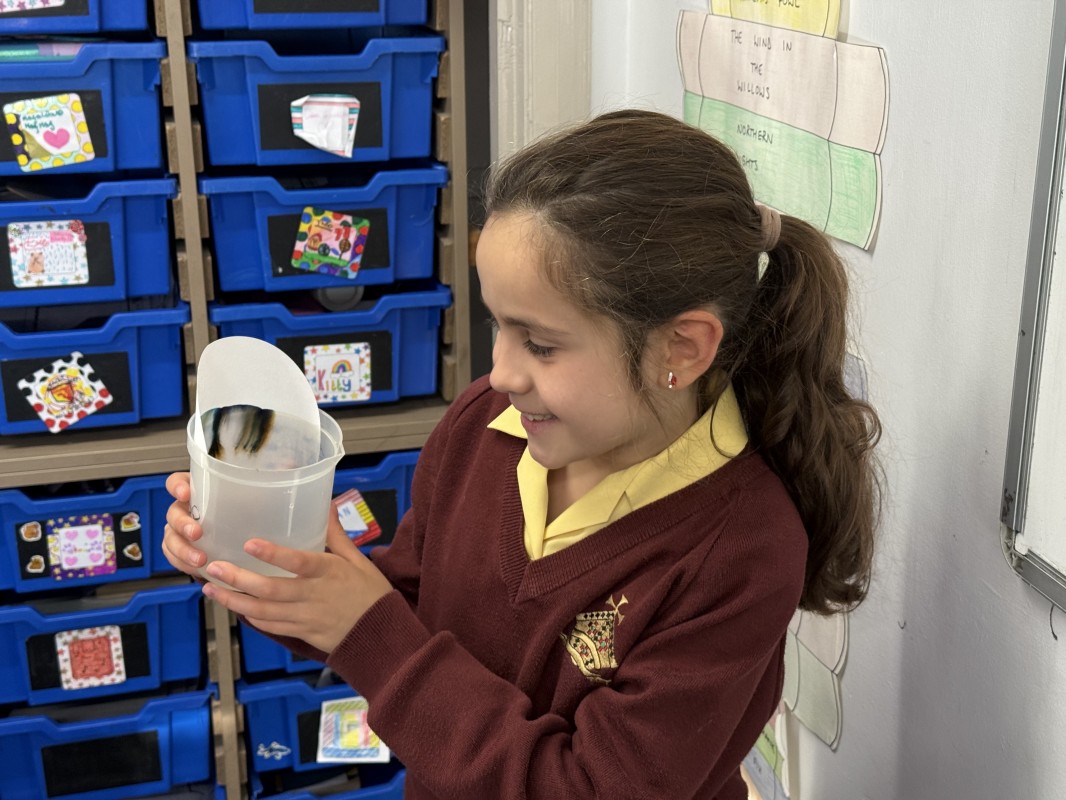News
Why Do Leaves Change Colour in Autumn?
20 November 2025

Our Big Science Question assembly this half term explored the question: Why do leaves change colour in Autumn?
The session helped pupils understand the hidden chemistry and physics inside leaves and showed how colour can reveal surprising information about the natural world.
They began by looking at what gives leaves their familiar green colour during spring and summer, then learned that leaves contain a pigment called chlorophyll, which plants use to absorb sunlight for photosynthesis. Chlorophyll is so dominant during the warmer months that it masks the other pigments present in the leaf. However, as autumn arrives and the days become cooler and shorter, trees begin to conserve energy. They slow down food production, and chlorophyll slowly breaks down. As the green fades, the other pigments become visible. These include carotenoids, which produce yellow and orange tones, and anthocyanins, which create reds and purples. This change is why trees transform into brilliant shades each autumn.
To help the pupils understand this concept of hidden colours, they witnessed a hands-on chromatography experiment. Chromatography is a method used to separate mixtures so we can see their different components. Using a strip of chromatography paper, a thick black line was drawn with a black marker pen near the bottom. Although the ink appeared completely black, the experiment revealed something unexpected. As the bottom of the paper sat in water, the water travelled upward, carrying the ink with it. The different dyes within the ink moved at different speeds and separated into distinct bands of colour. Soon, the bright blues, greens, and reds that had been hidden inside the black ink could be seen! This simple activity mirrored what happens in autumn leaves: colours we cannot see at first become visible once the dominant pigment fades away.
Congratulations to our two winners, Rhys C (Year 3) and Mafalda F (Year 5). Our new question is, Who was Archimedes and what is he famous for?
